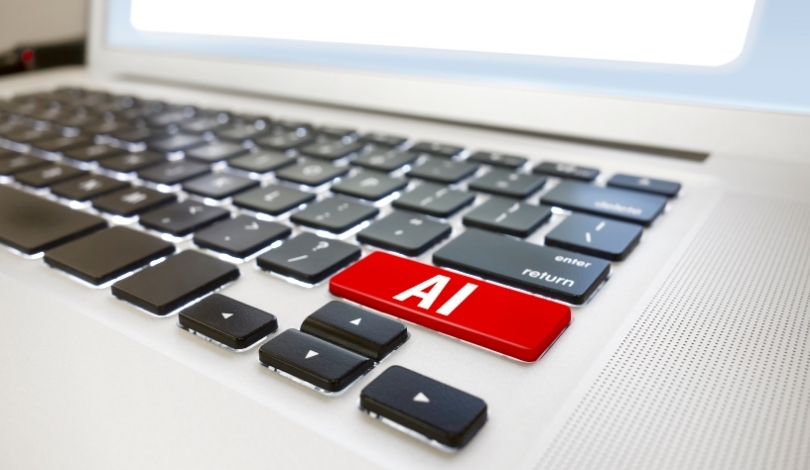The article titled “IoT and machine learning models for multivariate very short‐term time series solar power forecasting,” published in IET Wireless Sensor Systems, explores the integration of the Internet of Things (IoT) with advanced machine learning models to improve solar irradiance prediction. This study employs long short-term memory (LSTM) and bi-directional LSTM (Bi-LSTM) models, leveraging LoRa technology for efficient data transmission. The focus is on enhancing the accuracy of very short-term solar irradiance forecasts, crucial for optimizing solar power systems.
Advanced Forecasting Techniques
Fluctuations in solar energy generation often result from variable weather conditions. To address this, the study emphasizes the need for precise very short-term solar irradiance (SI) predictions. Utilizing multivariate time series datasets, the authors improve SI predictions by employing sophisticated machine learning algorithms. The integration of IoT with these forecasting methods represents a novel approach, potentially transforming solar power management.
The research employs LoRa technology, known for its low-cost, low-power, and long-range wireless communication capabilities. This technology facilitates the creation of expansive and efficient control networks, essential for real-time data collection and processing in solar power systems. The study’s focus on long short-term memory (LSTM) and bi-directional long short-term memory (Bi-LSTM) models underscores the capability of these techniques in handling complex time series data efficiently.
Evaluation and Performance
The performance of the SI forecasts is evaluated using metrics such as root mean square error (RMSE) and mean absolute error (MAE), considering meteorological and sky image data. The bidirectional nature of the Bi-LSTM model allows it to incorporate future data during the training phase, enhancing its predictive accuracy. This feature is particularly beneficial for scenarios requiring rapid adaptation to changing environmental conditions, making Bi-LSTM a suitable choice for short-term SI predictions.
Compared to previous studies, which primarily focused on unidirectional LSTM models and traditional data sources, this research offers a more holistic approach by incorporating bidirectional processing and IoT technology. The previous research did not typically leverage the benefits of LoRa technology for data transmission, highlighting this study’s innovative nature. Furthermore, earlier methods often suffered from higher error rates and less efficient handling of real-time data fluctuations, whereas the current study demonstrates improved accuracy and adaptability.
Additionally, past studies largely relied on meteorological data alone, without integrating diverse data sources like sky images. The inclusion of such data in the current study provides a more comprehensive dataset for training the models, thereby enhancing forecast reliability. The combination of advanced machine learning models with IoT frameworks presents a significant development over previous methodologies, offering more robust and reliable solar power forecasting solutions.
In summary, integrating IoT technology with advanced AI models like LSTM and Bi-LSTM for solar irradiance forecasting presents a significant advancement in solar power management. The use of LoRa technology enhances data transmission efficiency, while multivariate datasets improve prediction accuracy. This study’s comparative advantages over previous methods include reduced error rates and better handling of real-time data, suggesting a promising future for IoT and AI in renewable energy applications.










